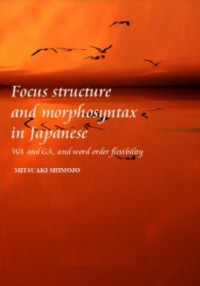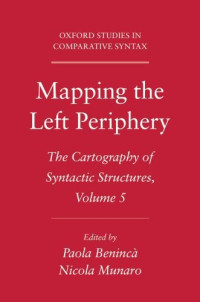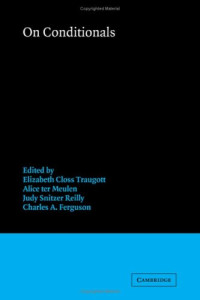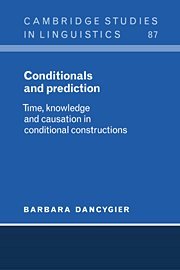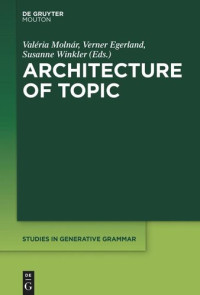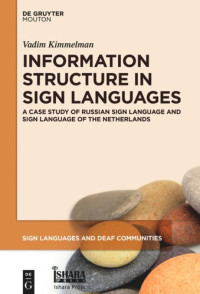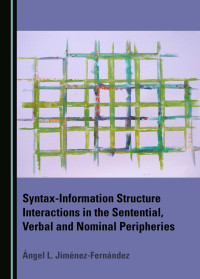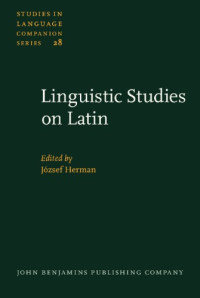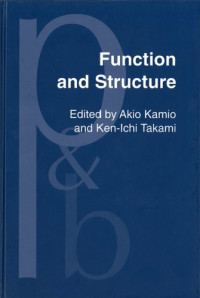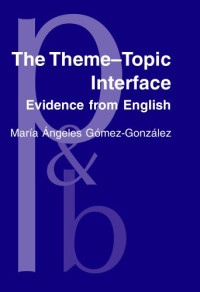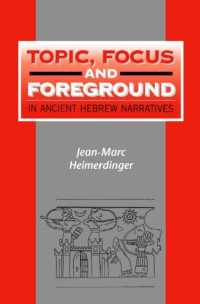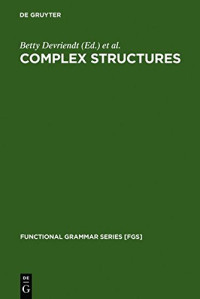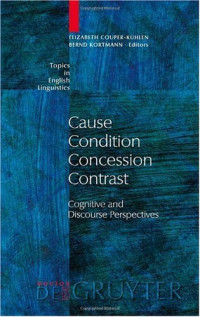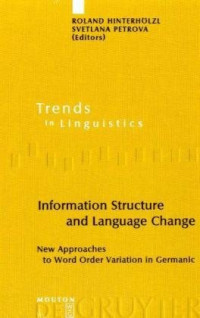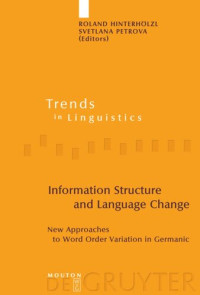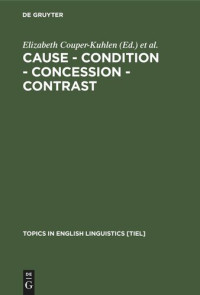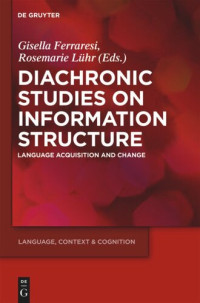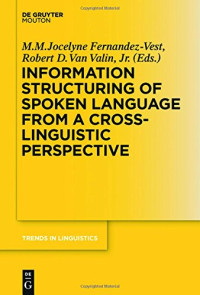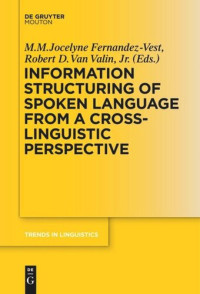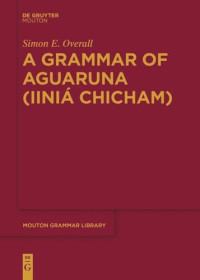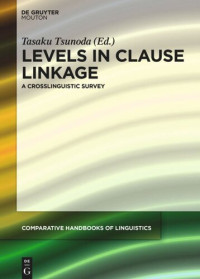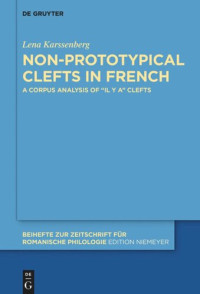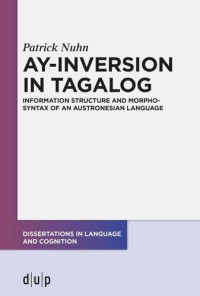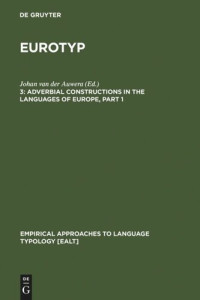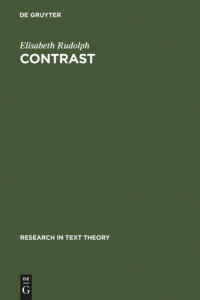
From discourse to grammar in Tamang: topic, focus, intensifiers and subordination
Mazaudon Martine.
Lacito, CNRS, 2006. - 12 p.Although the general classification of Tibeto-Burman languages remains uncertain, the Tamang language of Nepal belongs clearly in the broad group which Robert Shafer (Shafer 1955) called the "Bodish Section" of the "Bodic division" of Tibeto-Burman, of which Tibetan is the best known member. The Bodish section consists of two main branches, the Bodish Branch, containing classical Tibetan and all the so-called "Tibetan dialects", which share the innovation of bdun for 'seven', and the "Tamang Branch", earlier named "Gurung Branch" by Shafer on account of the fact that the Gurungs, being soldiers in the British army, were the most visible members of this group. For the earlier scholars, the Tamang branch consisted of Tamang (also called "Murmi"), Gurung and Thakali (also called "Thaksya"), to which have been more recently added Manangke, Nar-Phu and the Seke dialects (from the group of villages known as Panchgaon, the 'five villages' in Nepal), plus Chantyal, which is in a very bad state of repair. All of these have dialectal variants or sub-dialects. All languages of the Tamang Branch share a four-tone tonal system resulting from a recent two-way tonal split of what can be reconstructed as an earlier two-tone system, not shared by Tibetan in any of its dialects. If not reconstructible to Proto-Tibeto-Burman, as I believe it is not (but this remains an open question), this proto two-tone system is a common innovation of the
Tamang Branch.
Tamang Branch.
 Amazon
Amazon  Barnes & Noble
Barnes & Noble  Bookshop.org
Bookshop.org  File converter
File converter More search results
More search results More benefits
More benefits 

